Vegetables that start with N are a few rare produce that offer intriguing tastes and textures. Let me help you avoid that time-consuming work through these veggies.
These veggies can range from simple leafy options to specialties coming from the sea like nori seaweed.
Not only as a part of N-starting food, but these veggies will also give you interesting information about them. I hope you will understand N-beginning vegetables thoroughly before getting to know some fruit options that also start with N.
8 Interesting Vegetables That Start with N with Filter
Get to know 8 options for vegetables with their names starting with N. By using the filter, you get access to view these veggies as exotic, fruit vegetables, or even used as garnish and dishes.
Nanohana
- Exotic
- For Dishes
Nanohana is believed to have originated in India before spreading to Japan and China. It is referred to as rapeseed greens and belongs to the leafy type of vegetables.
Nanohana features smooth, bright green stems that are thick and firm and grow straight up. Meanwhile, the leaves growing from the stems are broad and flat, featuring an oval shape and serrated edges along with clusters of green, unopened flower buds.
This leafy veggie offers a crunchy and chewy texture, while the flavor is grassy and slightly bittersweet. Blanched or cooked, nanohana is tender but retains a crisp texture.
Nasturtium
- Exotic
- For Dishes
Nasturtium is a vegetable originating from South America, with a beautiful appearance. The nasturtium plant belongs to the flower type of vegetables and has gained popularity in various culinary traditions around the world.
The nasturtium plant is characterized by its round, shield-shaped leaves and eye-catching flowers that bloom in orange, red, and yellow. For the leaves, they come in both tender and slightly crisp, making them ideal for salads in the Mediterranean.
Nasturtium offers a distinct peppery flavor reminiscent of arugula or watercress. This pungent taste adds a lively kick to culinary creations, especially sauce creations in India.
Navy Beans
- For Dishes
Navy beans are also known as haricot beans, pearl haricot beans, white pea beans, and Boston beans. These beans come from South America, particularly Peru, and are valued for their creamy texture and mild flavor.
These beans are characterized by their small, oval shape and distinctive white color. When cooked, navy beans have a smooth and velvety texture, making them great for dishes with a creamy consistency.
In terms of flavor, navy beans offer a neutral and slightly nutty taste that easily absorbs the flavors of the ingredients they are cooked with.
There are several varieties of navy beans, such as Rainy River, Robust, Michelite, and Sanilac. Navy beans are used in various cuisines around the world, with staples like baked beans, soups, and chowders.
Neep
- For Dishes
Neep is a root vegetable originating from Europe, known by other names, like rutabaga, Swedish turnip, and swede. In terms of appearance, neeps feature a round shape with a slightly flattened top and bottom.
Their skin is rough and textured, ranging in color from pale yellow to deep purple. Alternatively, the flesh is dense and firm, providing a slightly bitter taste when cooked.
Neeps, or turnips, come in varieties like the sweet “yellow neep” and the flavorful “purple top neep”, used in cooking and feeding livestock.
Notable types include the “American Purple Top” with its two-tone appearance, the smooth “Laurentian Neep,” and Europe’s “Champion Purple Top,” all valued for their distinct textures and tastes.
Nettle
- Exotic
- For Dishes
Nettle is also known as stinging nettle, burn nettle, or nettle leaf, these leaves are renowned for their serrated, heart-shaped, and rich green in color. Nettle is a versatile leafy vegetable whose origin is traced back to Europe.
The leaves come in different varieties, but the common stinging nettle is the most recognized. Its leaves, which grow in clusters, are covered with tiny, non-stinging hairs, creating a fuzzy texture.
After cooking or blanching, nettle takes on a tender and slightly chewy experience, similar to cooked spinach or other leafy greens. The leaves are often used to create soups, tea, stews, and even pasta dishes.
Nopal
- Exotic
- For Dishes
- Fruit Vegetables
Nopal is a type of edible cactus native to Mexico and Central America, also known as prickly pear cactus pads. They are considered stem vegetables, possessing flat, paddle-shaped pads covered with spines and small, hair-like prickles, often removed before cooking.
The most commonly known, opuntia ficus-indica, features large green pads that vary in size and bear fruit in shades of red, yellow, or green. Another variety, opuntia engelmannii, also known as Engelmann prickly pear, is recognized for its blue-green pads.
As for opuntia tuna, it is cultivated for its delicious fruit, aptly named “tuna” in Spanish, offering a sweeter taste and fewer seeds. Then there’s Opuntia robusta, with its large, elongated pads and notably sweet fruit.
When cooked, nopales have a texture similar to green beans but bring a unique, slightly tangy flavor that hints at lemon and earthiness.
Nori
- Exotic
- For Dishes
- For Garnish
Nori is a staple of Japanese cuisine, a type of edible seaweed harvested from the coastlines of East Asia with a distinct umami profile. Also referred to as seaweed sheets, nori falls into the category of sea vegetables, which people often use for wrapping sushi and rice balls.
Nori is made from a species of red algae called Pyropia or Porphyra. The algae sheets growing from cultivated spores are harvested, washed, blanched, pressed, and dried.
Appearance-wise, nori is most commonly recognized as thin, dark green to black sheets with a slightly glossy surface. These seaweed sheets are crisp when dry and become more pliable when they come in contact with moisture or heat.
Napa Cabbage
- For Dishes
Napa cabbage is a type of Chinese cabbage with long, pale green leaves that form a dense, oblong head. It’s known for its mild, slightly sweet flavor and crunchy texture.
Often used in Asian cuisine, it’s a common addition in salads, stir-fries, and soups. This vegetable is easy to handle, featuring a tender and soft texture when fully cooked through.
Napa cabbage can be enjoyed both raw and cooked, fitting into a wide range of dishes.
What Are Some Fruits That Start with N?
These are the fruits that start with the letter N just for your curiosity:
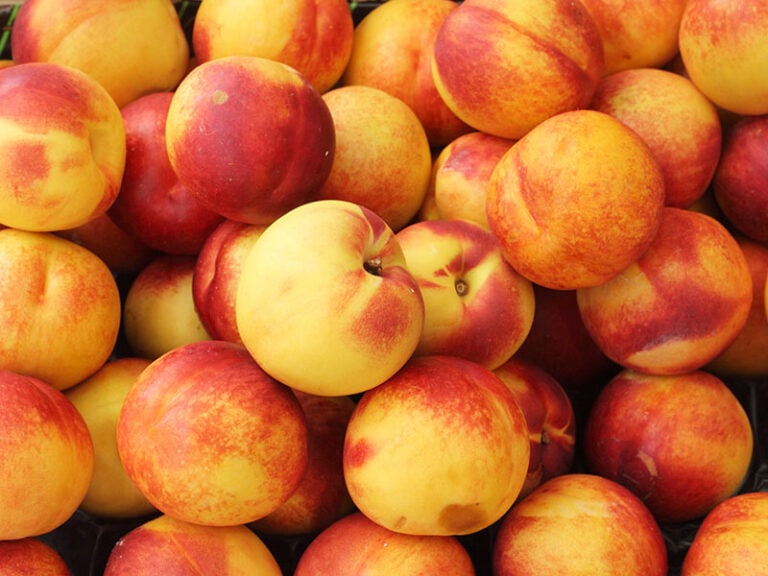
Nectarine
Nectarine is a smooth, juicy stone fruit, closely related to peaches but without the fuzzy skin, offering a sweet and slightly tart flavor.
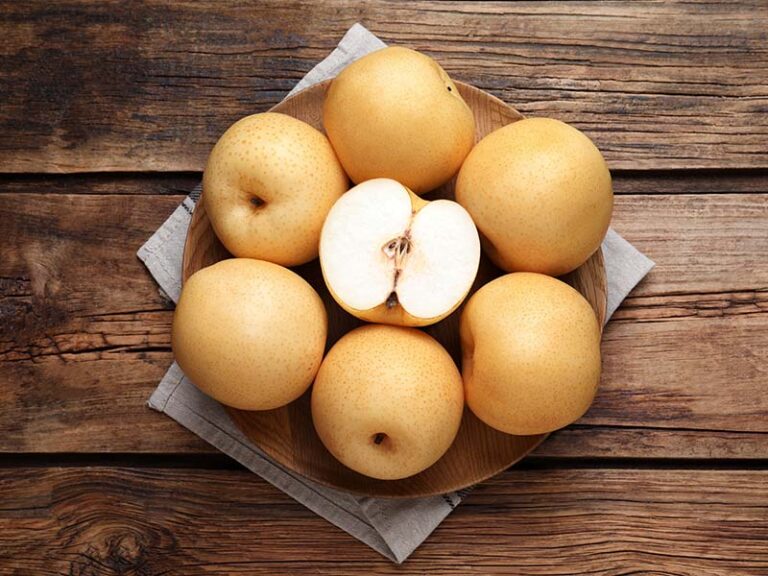
Nashi Pear
Nashi pear, also known as Asian pear, features a round, apple-like shape with crisp, juicy flesh and a subtly sweet, melon-like taste.
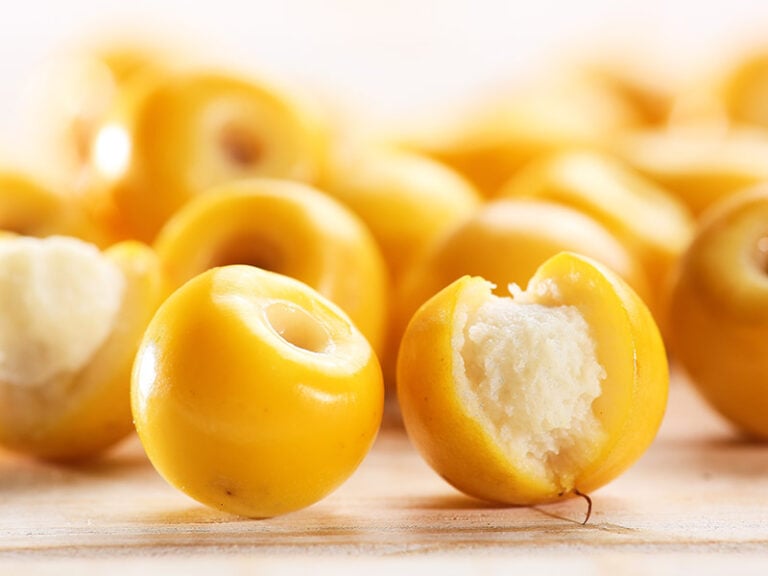
Nance
Nance is a small, yellow fruit from Central America, bearing a sour to sweet taste, often eaten raw or used in desserts and drinks.
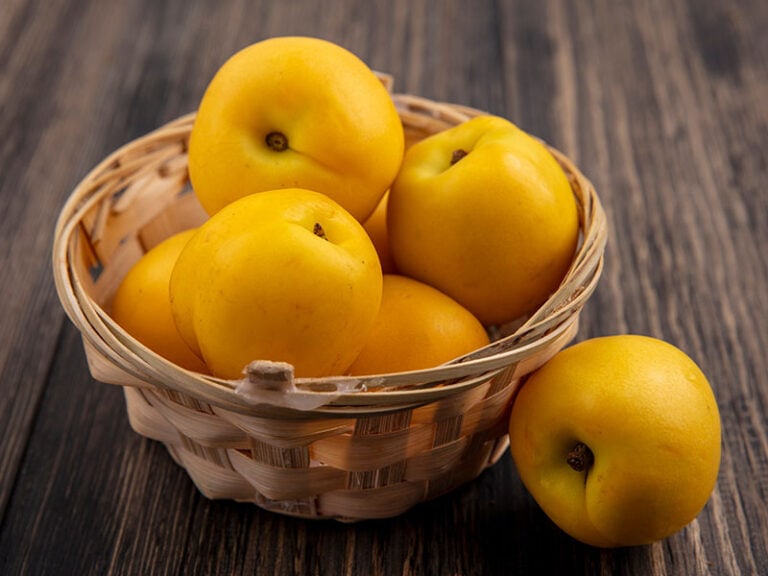
Nectacot
Nectacot is a fruit hybrid between a nectarine and an apricot, characterized by its juicy, sweet flavor and smooth, firm skin.
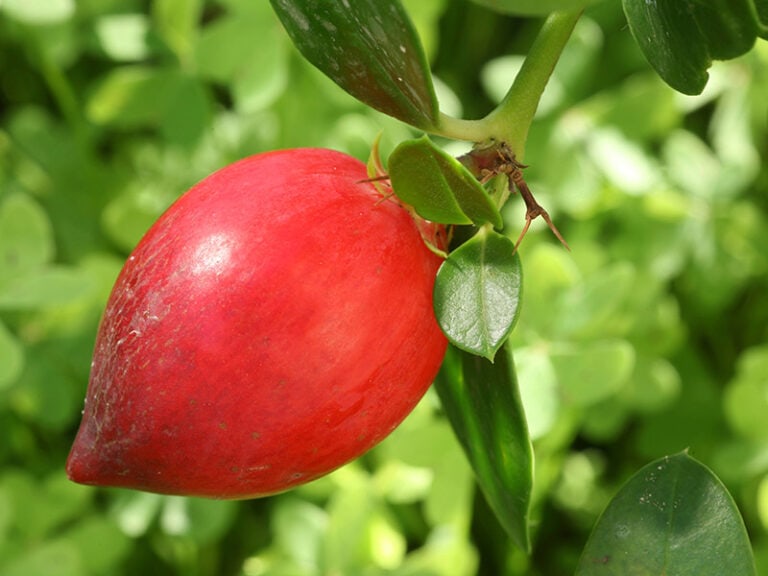
Natal Plum
Natal plum is an evergreen shrub producing small, plum-like fruits with a tangy taste, edible when ripe, and commonly found in South Africa.
Don’t forget these are only a few representatives of fruits starting with N, as there are many more options for the same feature.
Don’t forget to share these lovely veggies with other readers to aid them. Plus, there is a list of other A to Z vegetables below. So give them a quick check and learn more!


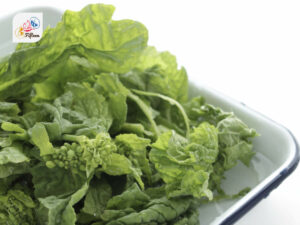
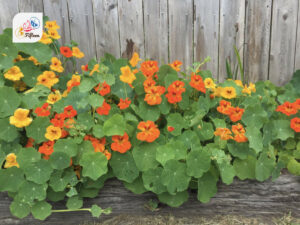
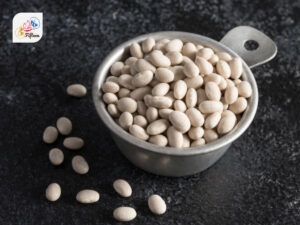
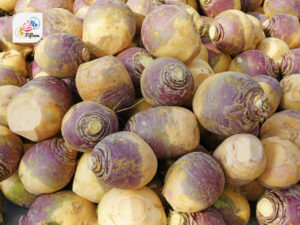
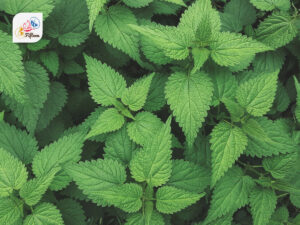
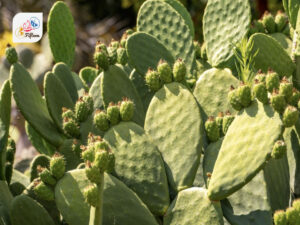
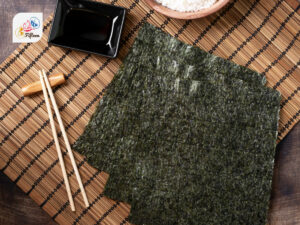
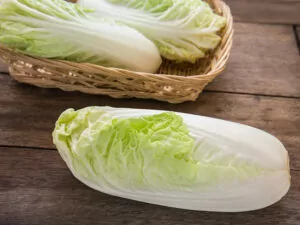
Jamie Scott
Editor in Chief, Senior Content Writer
Expertise
Home Cooking, Meal Planning, Recipe Development, Baking and Pastry, Food Editor, Cooking-video Maker, Western Food Evaluation Expert
Education
Le Cordon Bleu College of Culinary Arts
Local Community College, New York, NY
Jamie Scott is a skilled culinary expert and content creator specializing in Western cuisine. With over 15 years in the culinary field and formal training from Le Cordon Bleu, Paris, Jamie deeply understands how to blend nutrition with delicious flavors. His passion for cooking matches his commitment to making healthy eating accessible and enjoyable.
On Fifteen.net, Jamie brings a fresh perspective to classic dishes and beverages, offering readers insightful recipes, cooking tips, and a fresh view on meal planning that emphasizes taste, health, and simplicity.